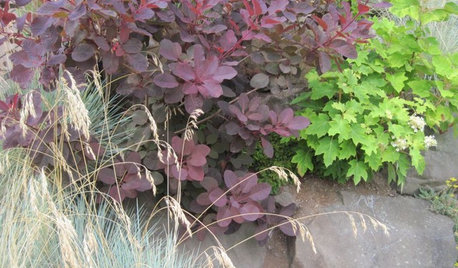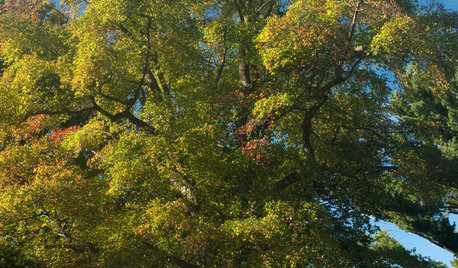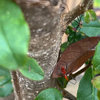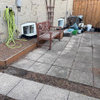Leaf mold as soil medium
organicgardener4410
10 years ago
Related Stories

FARM YOUR YARDHow to Get Good Soil for Your Edible Garden
The nutrients in your soil feed the plants that feed you. Here are tips on getting it right — just in time for planting season
Full Story
GARDENING GUIDESHow to Stop Worrying and Start Loving Clay Soil
Clay has many more benefits than you might imagine
Full Story
GARDENING GUIDES10 Solutions for Soggy Soil
If a too-wet garden is raining on your parade, try these water-loving plants and other ideas for handling all of that H2O
Full Story
PURPLE FOLIAGE5 Purple-Leaf Majesties of Shrubs
Looking for beautiful depth and dynamism in your landscape? Just add purple
Full Story
GARDENING GUIDESGarden Myths to Debunk as You Dig This Fall and Rest Over Winter
Termites hate wood mulch, don’t amend soil for trees, avoid gravel in planters — and more nuggets of garden wisdom
Full Story
FALL GARDENING5 Ways to Put Fall Leaves to Work in Your Garden
Improve your soil and yard the organic way with a valuable garden booster that grows on trees
Full Story
TREESGreat Design Plant: Nyssa Sylvatica
The black gum tree tolerates moist soil and provides many years of beautiful foliage, from summer to fall
Full Story
GARDENING GUIDESNew Ways to Think About All That Mulch in the Garden
Before you go making a mountain out of a mulch hill, learn the facts about what your plants and soil really want
Full Story
GARDENING GUIDESGet on a Composting Kick (Hello, Free Fertilizer!)
Quit shelling out for pricey substitutes that aren’t even as good. Here’s how to give your soil the best while lightening your trash load
Full Story
CONTAINER GARDENSContainer Garden Basics: How and When to Water Potted Plants
Confused about soil moisture, the best time to water and what watering device to use? This guide can help
Full StoryMore Discussions









Kimmsr
Natures_Nature
Related Professionals
Carson Landscape Architects & Landscape Designers · Forest Acres Landscape Architects & Landscape Designers · Glassmanor Landscape Architects & Landscape Designers · Woodinville Landscape Architects & Landscape Designers · Aurora Landscape Contractors · Gainesville Landscape Contractors · Downey Landscape Contractors · Galveston Landscape Contractors · Hawaii Landscape Contractors · Winchester Landscape Contractors · Woodbury Landscape Contractors · Four Corners Landscape Contractors · Fountain Hills Outdoor Lighting & Audio Visual Systems · Bowie Decks, Patios & Outdoor Enclosures · Grafton Decks, Patios & Outdoor EnclosuresNatures_Nature
glib
paleogardener
Natures_Nature
mandolls
Natures_Nature
nc_crn
organicgardener4410Original Author
paleogardener
henry_kuska
grub39